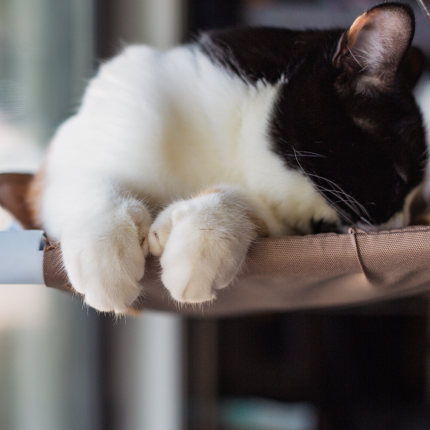Different Types of Cat Purrs
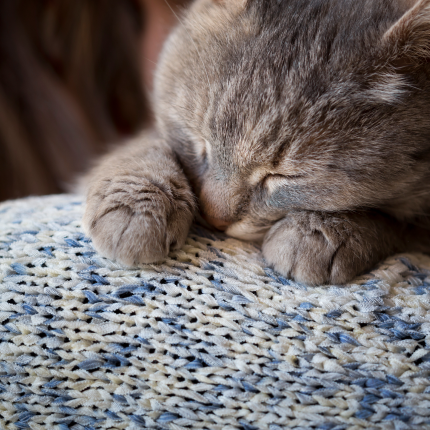
Cats have fascinated humans for thousands of years, and one of their most enchanting traits is their purr. That gentle, rumbling sound can melt hearts, calm nerves, and even signal a cat’s mood. But not all purrs are created equal. Just like humans have different tones of voice for different emotions, cats use distinct types of purrs to communicate a wide range of feelings, from contentment to distress.
advertisement
1. The Classic Contentment Purr
This is the purr most people recognize: a steady, rhythmic vibration that usually occurs when a cat is relaxed and happy. You’ll often hear it while your cat is curled up in your lap, being petted, or settling in a sunny spot. This purr signals comfort, trust, and a general sense of well-being. Interestingly, research suggests that these purrs can even have a soothing effect on humans, lowering stress and blood pressure.
2. The Solicitation or “Hunger” Purr
Some purrs have a slightly higher pitch or a wailing quality that’s impossible to ignore; this is often referred to as the “solicitation purr.” Cats use it to get your attention, usually for food, treats, or play. Studies have shown that these purrs contain a sound frequency similar to a human baby’s cry, which can trigger nurturing responses in pet owners. If your cat combines a purr with meowing near their empty food bowl, you’re likely hearing this attention-seeking purr in action.
3. The Healing or Soothing Purr
Cats sometimes purr when they’re injured, sick, or stressed, a surprising fact given that we usually associate purring with happiness. Scientists believe this type of purr may release endorphins that help alleviate pain, reduce stress, or even promote healing. Low-frequency vibrations in the 25–150 Hz range, which are typical of purrs, are thought to stimulate tissue regeneration and bone healing. So the next time your cat purrs while curled up in their cat bed after a minor scrape, it may be their own way of self-medicating.
4. The Frustration or Anxiety Purr
Not all purrs signal happiness. Some cats produce a purr when they are anxious, frustrated, or uncomfortable, often combined with tail flicking, ears back, or wide eyes. This purr may be softer, faster, or more irregular than a contentment purr. Cats may use it as a self-soothing mechanism, similar to how humans hum when stressed. Observing your cat’s body language, along with their purr, is key to understanding their behavior and emotions.
5. The Social or Bonding Purr
Cats sometimes purr as a means of communication with other cats or even humans. Mother cats purr to calm kittens, and kittens respond with purrs of their own. Adult cats also use purring during grooming, nuzzling, or play with other cats. This type of purr fosters connection, showing friendliness and trust, and helps strengthen bonds within feline households, or between cats and humans.
advertisement
Understanding Your Cat’s Purrs
While all cats can purr, the nuances of their purrs convey different messages. Observing your cat’s purring in conjunction with their body language, vocalizations, and context is the best way to interpret what it is trying to communicate.
Cats are truly masters of subtle communication, and the purr is a remarkable tool in their social repertoire. Whether it’s a contented rumble on a cozy evening or a high-pitched whine at breakfast, each purr tells a story and gives pet owners a glimpse into the world of their feline companions.

Featured Articles
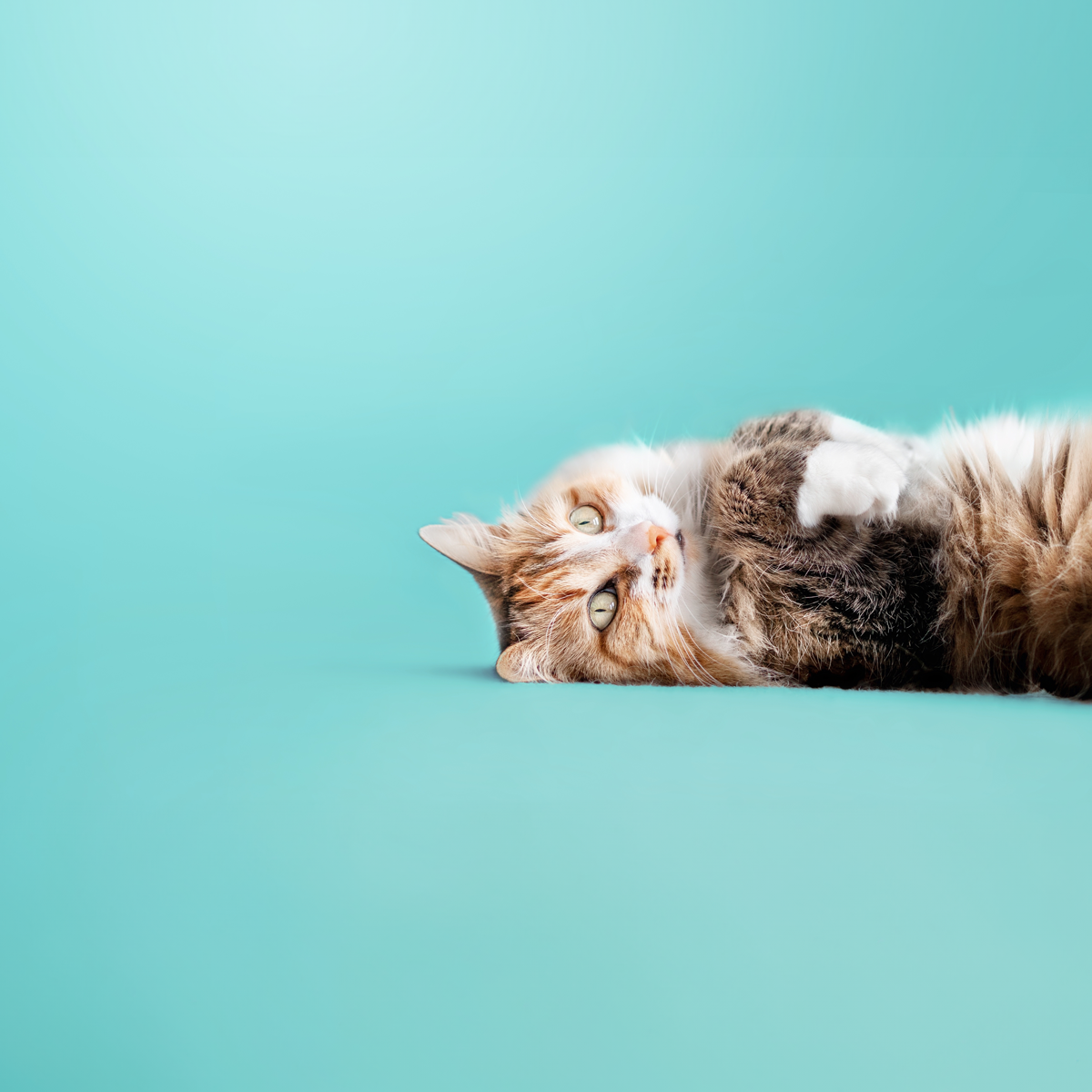
Why Do Cats Roll Over Into Their Backs But Not Let You Touch Their Bellies?
It’s common knowledge dogs love to have their tummies rubbed when they freely lay down before you and roll onto their backs. But, if you’re also familiar with cats, you know that when they roll onto their backs with their bellies exposed, rubbing the belly will most likely result in…
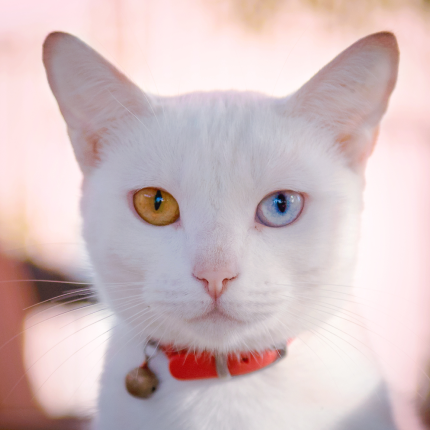
The Odd-Eyed Cat (AKA Heterochromia)
Cats are already beautiful and fascinating creatures, but people are bound to take notice when they have something as captivating as two different colored eyes. Odd-eyed cats always have one blue eye paired with either a green, yellow, or brown eye. This form of heterochromia occurs in other animals, including…
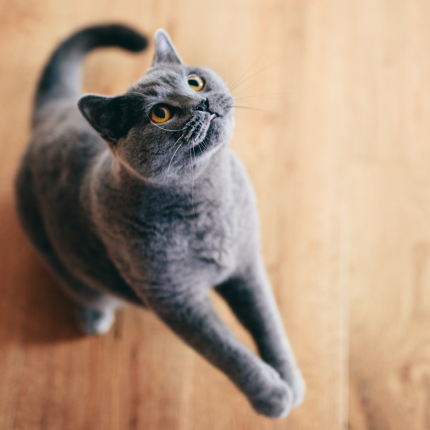
Greebles and Cats: The Origin and the Meaning
You may have seen an internet sensation concerning cats labeled “greebles.” Feel out of the loop? We’re here to help you. In 2019, Reddit user /user/literallyatree commented on a Reddit post about a cat that looks like it’s trying to slap a ghost. This user commented: “My family calls things…
